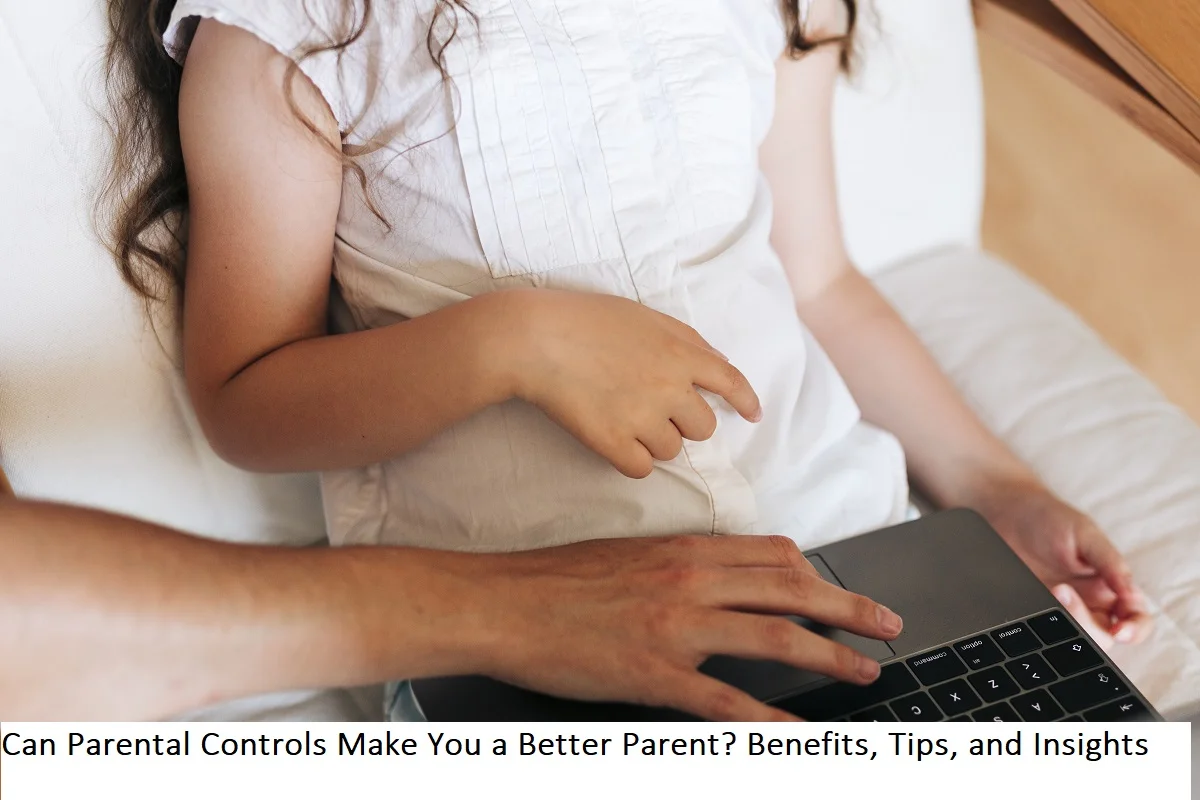Parenting in the digital age comes with its own set of challenges. With screens dominating our lives, it’s no surprise that parents are constantly seeking ways to balance technology use for their children. One tool that has gained significant attention is parental controls. But can these tools truly help you become a better parent? In this article, we’ll explore the benefits of parental controls, how to use them effectively, and why they might just be the key to raising well-rounded, tech-savvy kids.
What Are Parental Controls?
Parental controls are software tools or settings that allow parents to monitor, restrict, or guide their children’s use of digital devices and online content. These controls can be applied to smartphones, tablets, computers, gaming consoles, and even streaming platforms like Netflix or YouTube.
From setting screen time limits to blocking inappropriate content, parental controls offer a range of features designed to create a safer and more structured digital environment for kids. But beyond just restricting access, these tools can also foster healthy habits and open up opportunities for meaningful conversations about technology use.
The Benefits of Using Parental Controls
1. Promote Healthy Screen Time Habits
Excessive screen time has been linked to issues like sleep disturbances, poor academic performance, and even mental health challenges in children. Parental controls allow you to set daily or weekly screen time limits, ensuring your child has a balanced routine that includes physical activity, homework, and family time.
By encouraging moderation, you’re not just protecting your child from the negative effects of overuse—you’re also teaching them the importance of self-discipline and time management.
2. Protect Kids from Inappropriate Content
The internet is a vast space filled with both educational resources and harmful content. Parental controls can help you block access to websites, apps, or videos that are not age-appropriate. This is especially important for younger children who may accidentally stumble upon violent, explicit, or otherwise unsuitable material.
By creating a safer online environment, you’re giving your child the freedom to explore the digital world without constant worry.
3. Encourage Educational Content
Not all screen time is created equal. With parental controls, you can prioritize educational apps, games, and websites that align with your child’s interests and learning goals. For example, you can allow access to platforms like Khan Academy or Duolingo while restricting time-wasting games or social media apps.
This approach not only makes screen time more productive but also helps your child develop a positive relationship with technology.
4. Foster Open Communication
Using parental controls doesn’t mean you’re spying on your child. In fact, these tools can serve as a starting point for conversations about online safety, digital citizenship, and responsible technology use. By involving your child in the process—such as explaining why certain restrictions are in place—you’re building trust and teaching them valuable life skills.
For more insights on balancing monitoring and trust, check out this article: Why Parents Should Avoid Monitoring Their Kids’ Social Media.
5. Reduce Parental Stress
Let’s face it: parenting is hard, and the digital world adds another layer of complexity. Parental controls can give you peace of mind by automating some of the monitoring and enforcement tasks. Instead of constantly worrying about what your child is doing online, you can focus on spending quality time together.
How to Use Parental Controls Effectively
While parental controls are powerful tools, they’re not a one-size-fits-all solution. Here are some tips to make the most of them:
1. Choose the Right Tools
Different devices and platforms offer varying levels of parental control features. For example:
- iOS and Android: Both operating systems have built-in parental control settings that allow you to manage app usage, screen time, and content restrictions.
- Gaming Consoles: Platforms like Xbox and PlayStation offer parental controls to limit playtime and restrict access to mature games.
- Streaming Services: Netflix, YouTube Kids, and Disney+ have kid-friendly modes and content filters.
Take the time to explore the options and choose the tools that best suit your family’s needs.
2. Set Age-Appropriate Boundaries
The rules you set for a 6-year-old will likely differ from those for a teenager. Younger children may need stricter limits on screen time and content, while older kids might benefit from more flexibility and trust. Regularly review and adjust the settings as your child grows and their needs change.
3. Involve Your Child in the Process
Instead of imposing restrictions without explanation, involve your child in the decision-making process. Discuss why certain rules are in place and listen to their perspective. This collaborative approach can help them feel respected and more willing to follow the guidelines.
4. Use Controls as a Teaching Tool
Parental controls are not just about restriction—they’re also an opportunity to teach your child about responsible technology use. For example, if a website is blocked, take the time to explain why it’s not appropriate. If screen time runs out, encourage your child to find offline activities they enjoy.
5. Monitor Without Micromanaging
While it’s important to keep an eye on your child’s online activities, avoid micromanaging. Give them some privacy and independence, especially as they get older. The goal is to guide, not control.
Common Mistakes to Avoid
1. Over-Reliance on Controls
Parental controls are a helpful tool, but they’re not a substitute for active parenting. Make sure to stay engaged with your child’s digital life and have regular conversations about their online experiences.
2. Ignoring Your Child’s Feedback
If your child feels that the restrictions are too strict or unfair, they may be more likely to find ways around them. Be open to feedback and willing to make adjustments when necessary.
3. Failing to Update Settings
As your child grows, their needs and interests will change. Make sure to regularly review and update the parental control settings to keep them relevant and effective.
The Bigger Picture: Raising Digital Natives
Parental controls are just one piece of the puzzle when it comes to raising kids in the digital age. To truly become a better parent, it’s important to model healthy technology habits yourself. After all, children learn by example.
Here are some additional tips to consider:
- Set Boundaries for Yourself: Avoid using your phone during family meals or quality time.
- Encourage Offline Activities: Foster hobbies like reading, sports, or arts and crafts.
- Stay Informed: Keep up with the latest trends and risks in the digital world so you can guide your child effectively.
For more tips on raising happy and well-rounded kids, check out this comprehensive guide: Raising Happy Kids: The Ultimate Guide to Childcare Basics.
Conclusion
So, can parental controls make you a better parent? The answer is yes—but only if used thoughtfully and in combination with active, engaged parenting. These tools offer a way to create a safer, more structured digital environment for your child while teaching them valuable life skills.
By setting boundaries, fostering open communication, and modeling healthy habits, you’re not just managing screen time—you’re preparing your child to navigate the digital world with confidence and responsibility.
Whether you’re a tech-savvy parent or just starting to explore parental controls, remember that the goal is to strike a balance. With the right approach, you can harness the power of technology to raise happy, healthy, and well-rounded kids.






